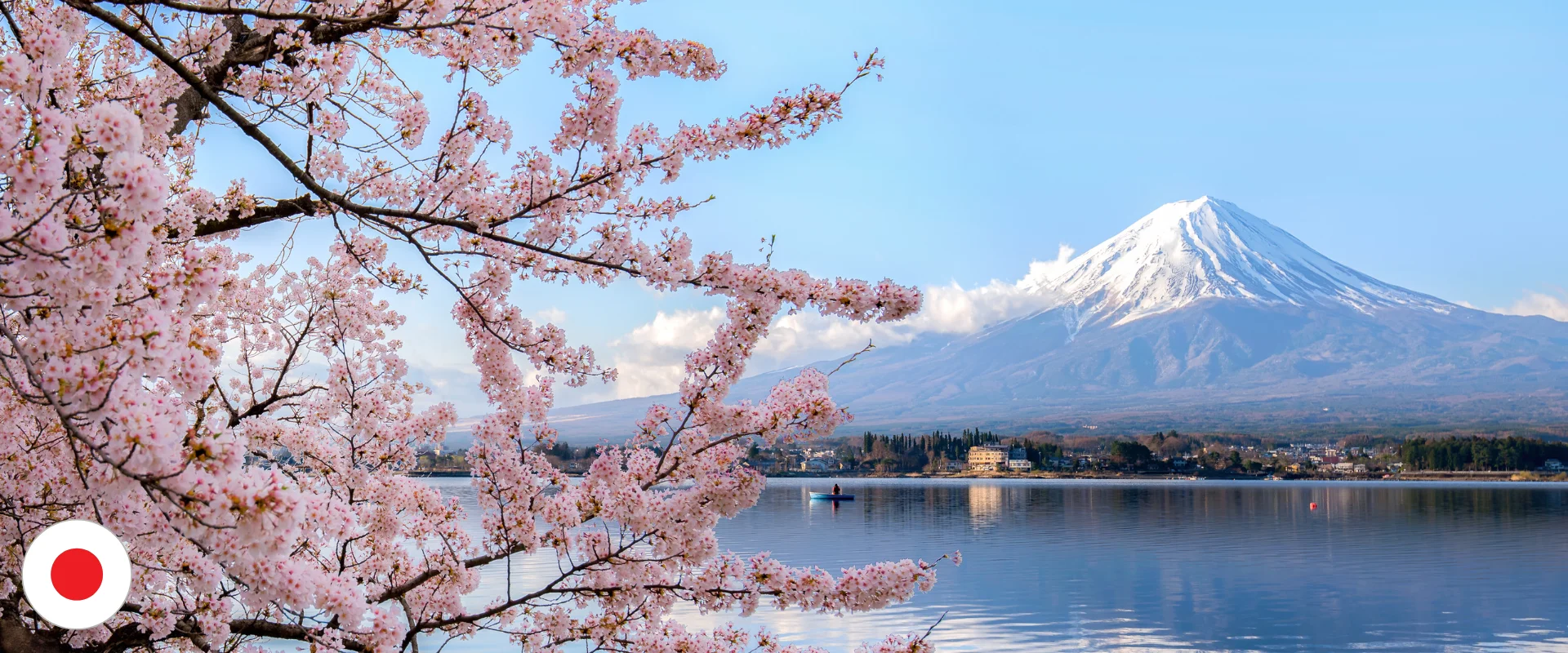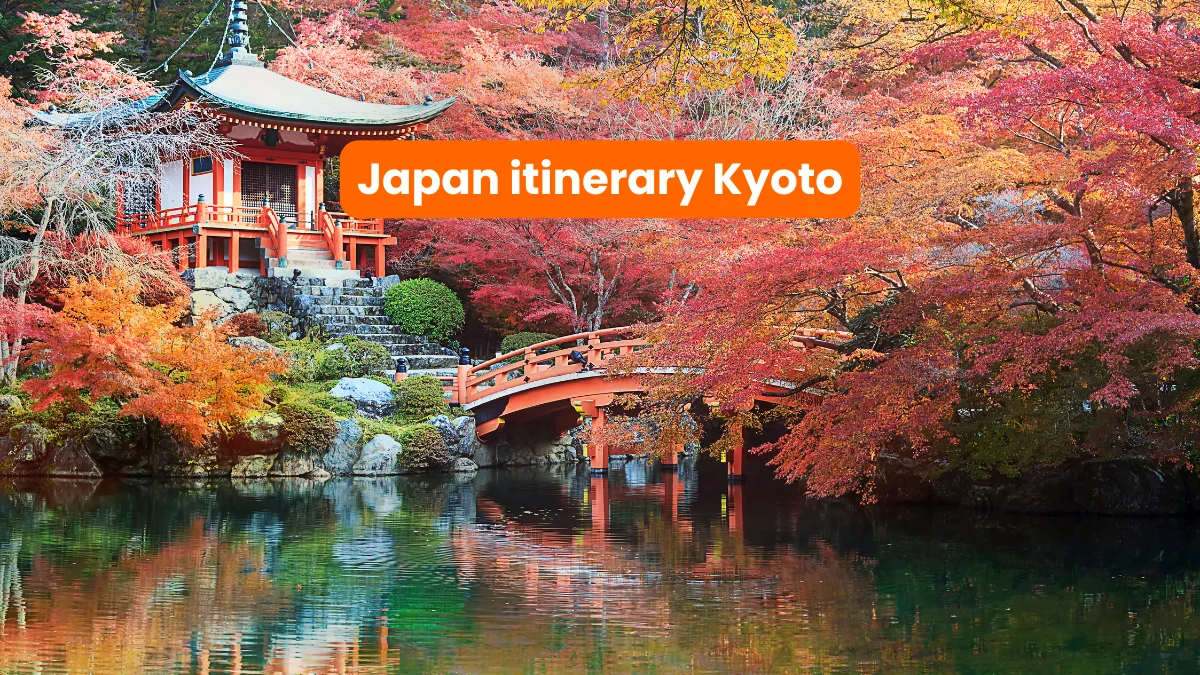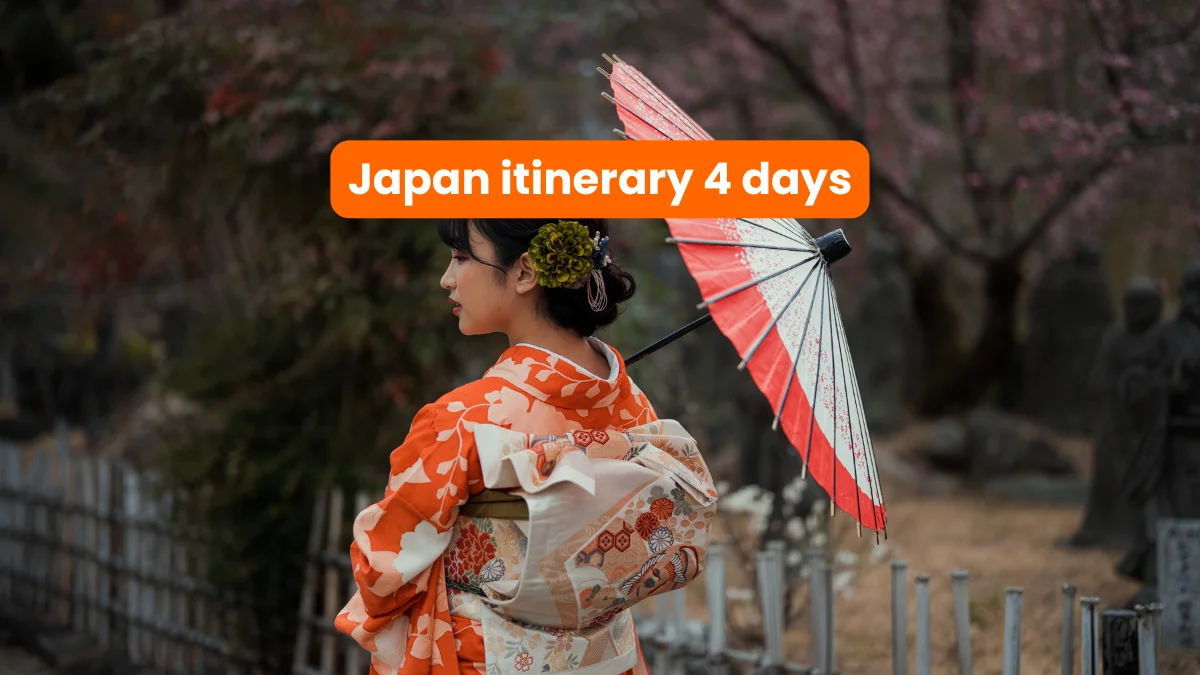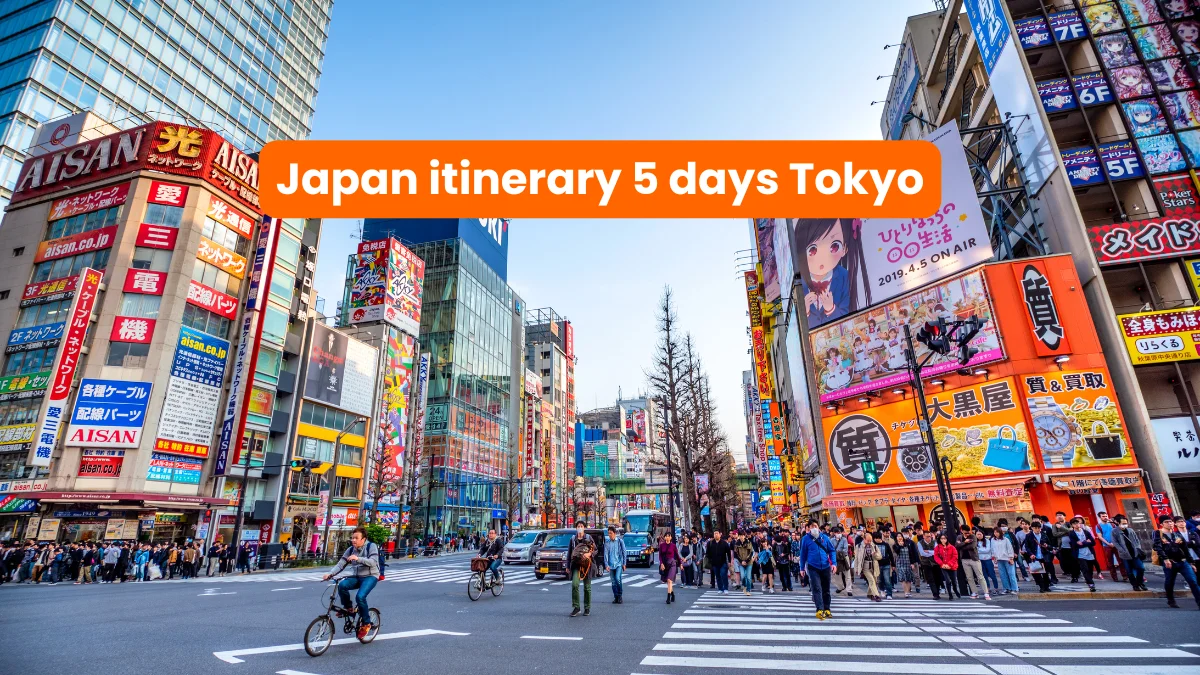Japan Itinerary: Your Ultimate Travel Guide
Explore the best of Japan — from ancient traditions to cutting-edge cities.
Embark on a journey through Japan, where ancient temples coexist with futuristic cities and the spirit of tradition blends with cutting-edge innovation. Discover the unique culture, awe-inspiring landscapes, rich culinary flavors, and colorful festivals that define this captivating country. The itinerary promises an exploration beyond the usual, introducing you to the deep cultural narratives embedded in daily life, the serene beauty of the landscapes, and the enchanting scope of supernatural folklore that enriches the Japanese experience.





